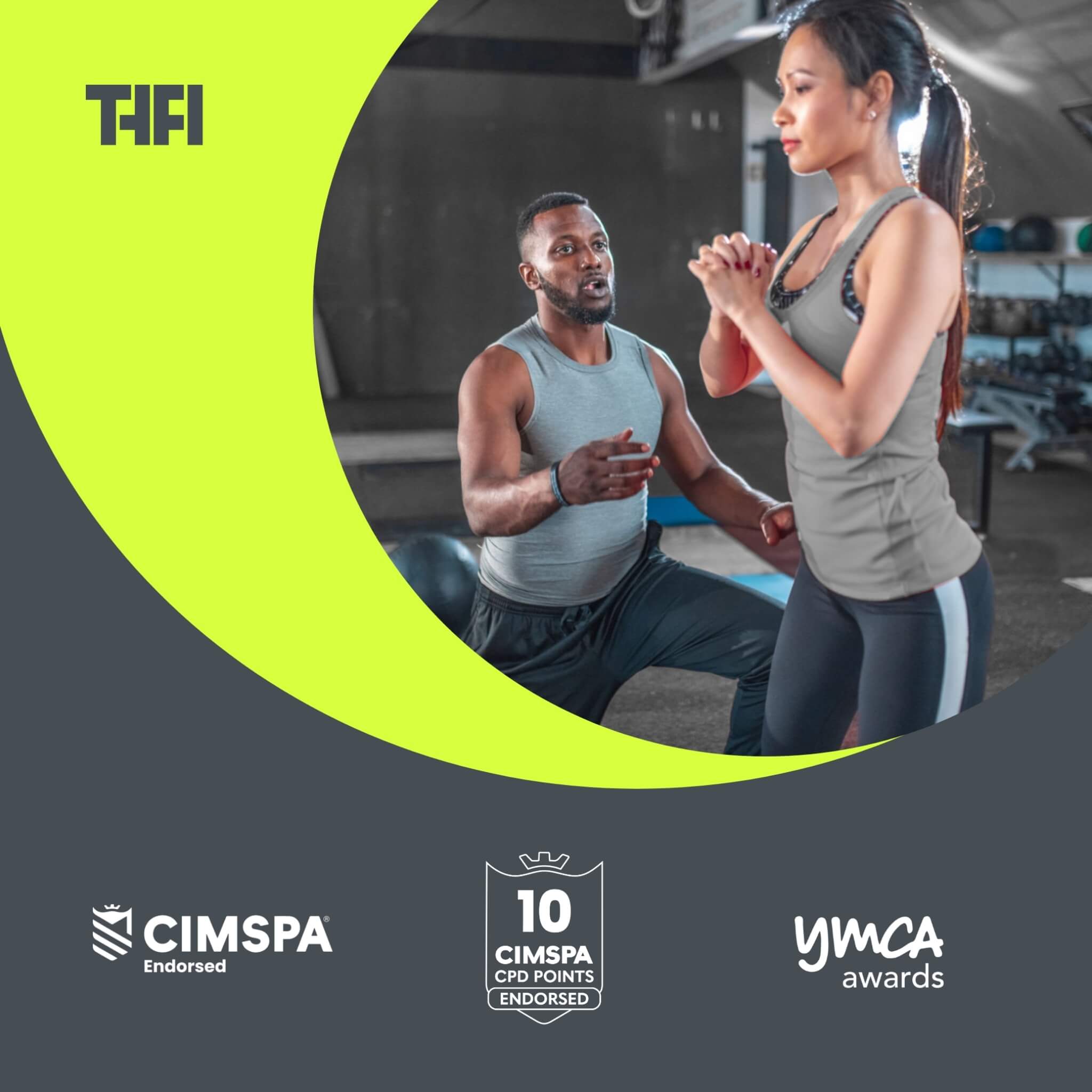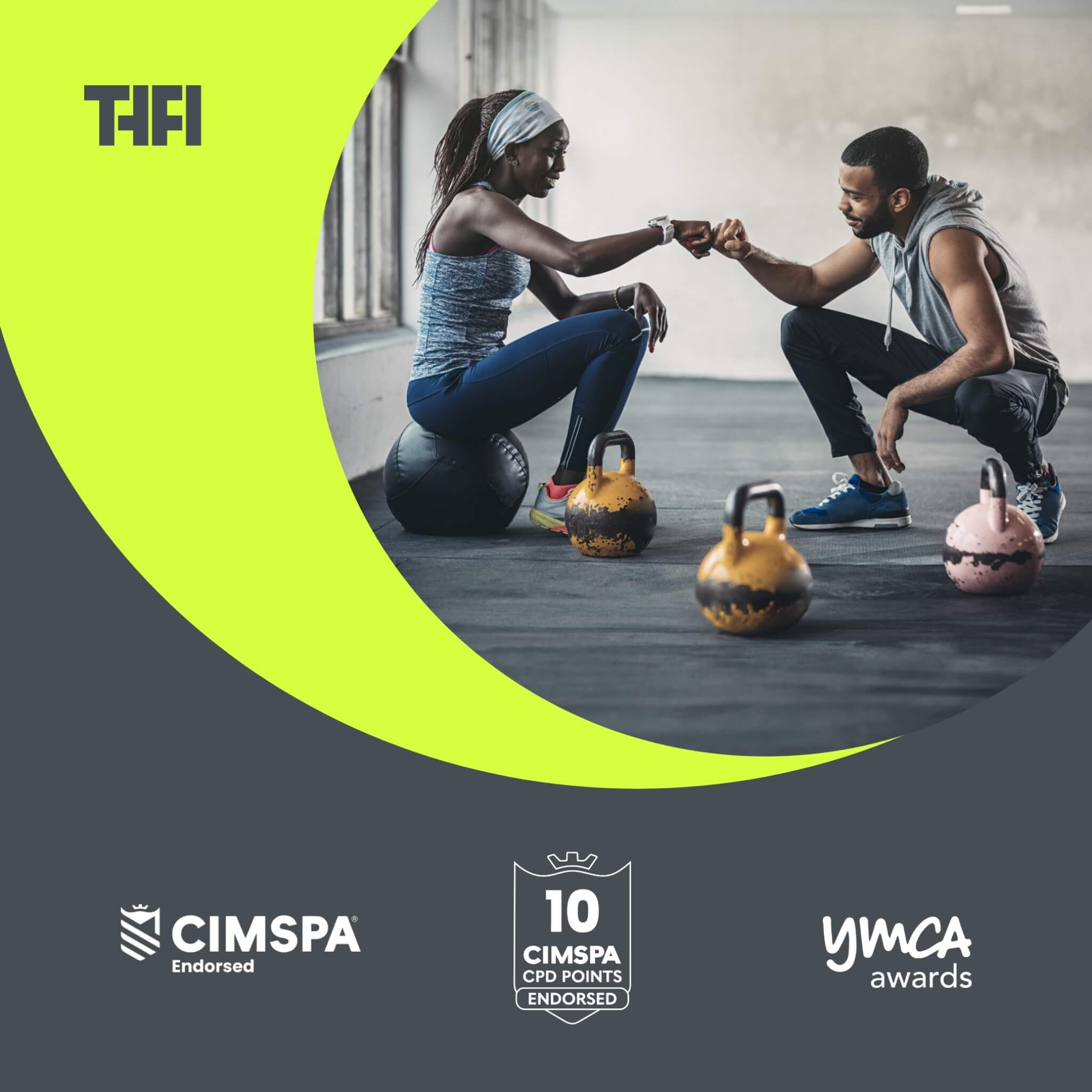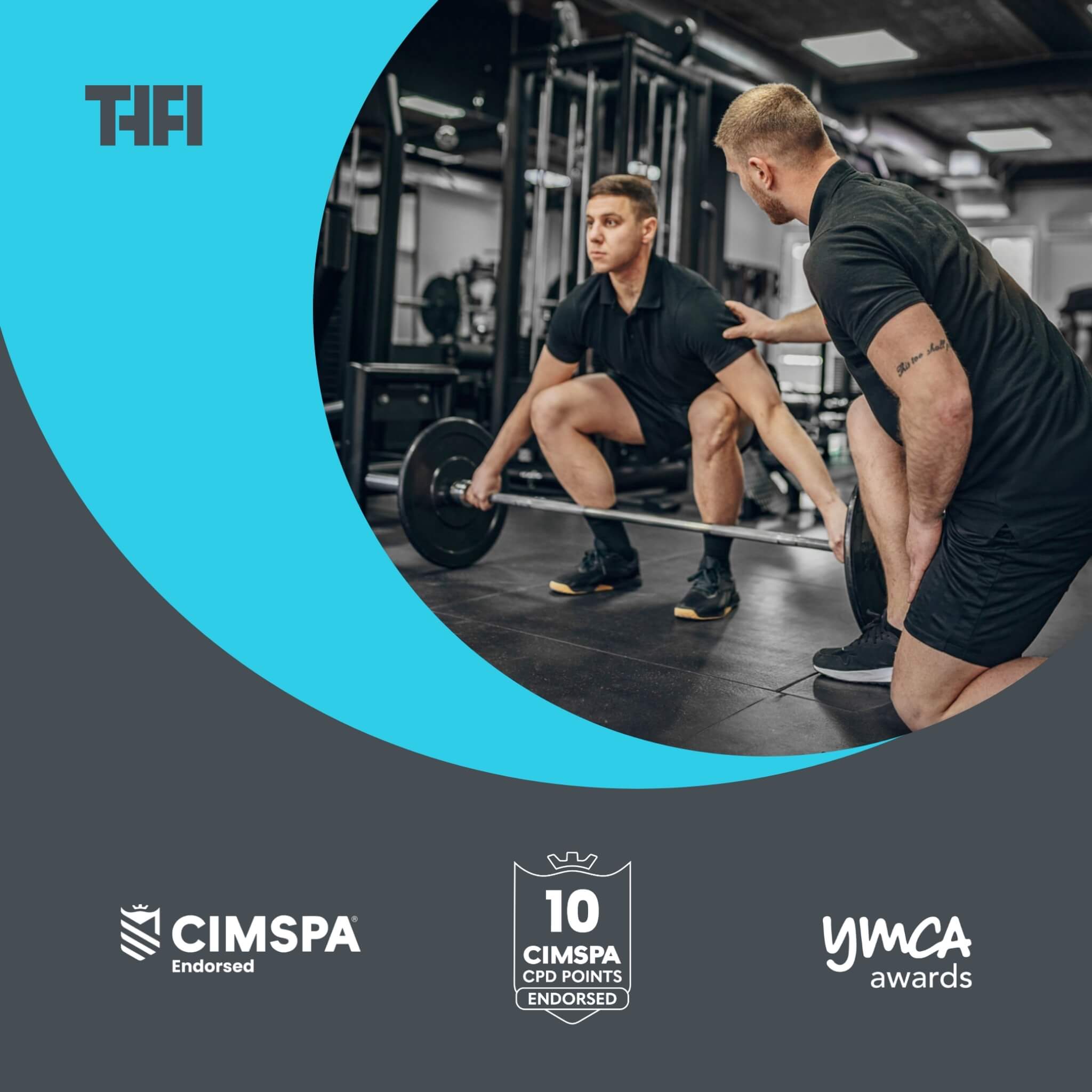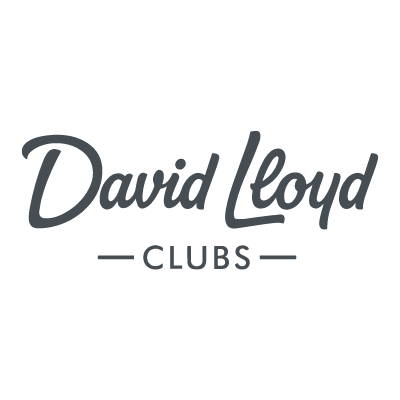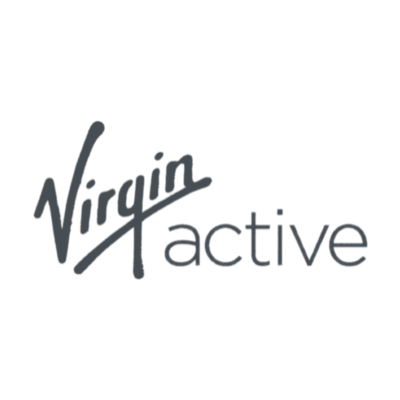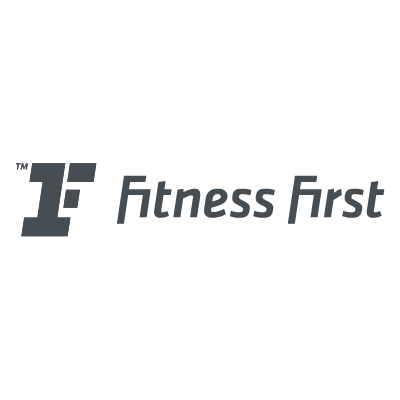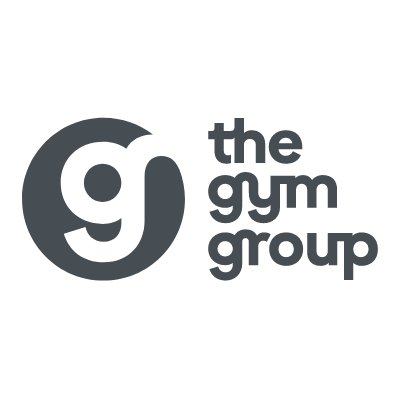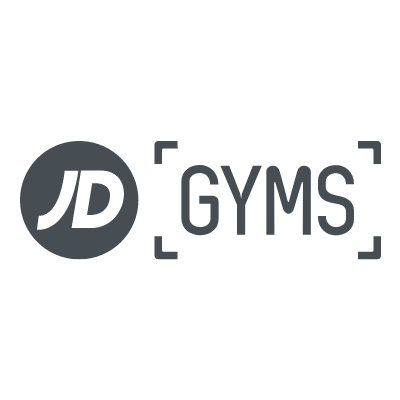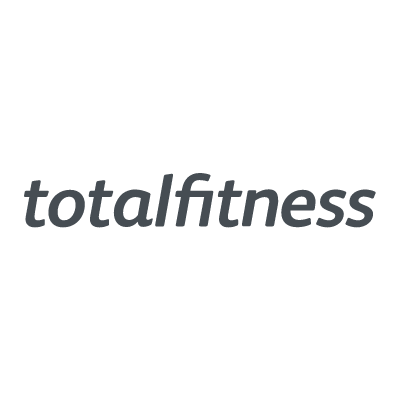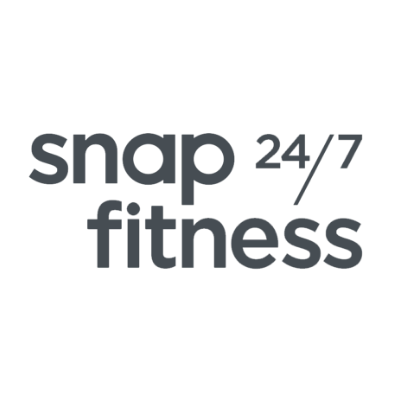10 Unexpected Ways To Build Your Personal Brand As a PT

Do you ever wonder how some personal trainers explode in popularity while others (who are just as skilled) struggle to gain any traction?
If you’re only focused on delivering great training sessions but haven’t given much thought to building a personal brand, you could be missing out on the secret to long-term success.
Just being an excellent trainer isn’t always enough these days...and it’s not just your knowledge of exercise that makes you stand out, it’s having a personal brand that people remember.
Completing personal training courses online can help lay the foundation for your brand by giving you the confidence, credibility, and clarity to define what you stand for as a trainer.
Think about Nike: it’s not just about shoes or athletic gear. Nike’s brand is built on inspiration, empowerment, and the drive to “Just Do It.” This powerful identity makes people choose Nike over dozens of other brands with similar products by turning ordinary products into symbols of personal achievement and athleticism.
Now, imagine applying that same branding power to your personal training career – where clients don’t just see you as a trainer but as someone who stands for something bigger, something aspirational.
This article will show you how to begin building this kind of branding for yourself.
You’ll discover 10 unexpected strategies that go beyond the usual advice. We’ll cover how crafting and sharing your personal story can forge strong emotional connections, how identifying a micro-niche can attract higher-paying clients, and how creating unconventional content can make you memorable in a crowded space.
By the end, you’ll be armed with actionable steps to build a unique and powerful brand...
Craft your personal story and share it everywhere
One of the most powerful ways to set yourself apart as a personal trainer is by sharing your personal story. Clients don’t just buy your services—they buy into your journey, struggles, and successes. Sharing these experiences humanises you, building emotional connections that make you relatable and memorable. Authenticity is key – glossing over challenges won’t resonate. Instead, be real and embrace your hardships, showing how they shaped your approach to fitness and personal training.
To craft your story, reflect on significant moments that influenced your fitness career. Share your adversities, how you overcame them, and the successes that followed. Finally, explain your passion for fitness and helping others – your 'why.' This narrative becomes your signature and should be integrated into all platforms – social media, your website, and in-person interactions. On social media, share honest, raw posts about your journey, not just workout tips. Create a meaningful ‘About Me’ section on your website that delves deeper than qualifications. When meeting potential clients, share relevant parts of your story to build trust. Your story, when shared authentically, will resonate deeply with clients and help you stand out in the crowded fitness industry.
Leverage micro-niches in fitness to stand out
It’s no secret that the fitness industry is saturated. To truly stand out, you need to go beyond offering general fitness training. That’s where finding your micro-niche comes in. Think of it this way: if everyone is offering the same thing, clients will gravitate towards the trainer who specialises in exactly what they need.
A micro-niche allows you to become a true expert in a specific area of fitness, attracting clients who are searching for help with a particular issue. For example, while general fitness trainers are plentiful, there’s a growing demand for trainers who specialise in injury rehab, post-natal fitness, or fitness for specific health conditions like diabetes. By honing in on a niche, you become the go-to person for that particular audience, rather than being one of many general trainers in a competitive market.
Choosing a micro-niche doesn’t limit your opportunities; it refines your focus, allowing you to charge higher rates and build deeper client connections. Start by identifying where your passions and skills intersect. Do you enjoy helping people recover from injuries, or are you fascinated by how hormonal health affects fitness outcomes? Perhaps you’re passionate about combining fitness with technology, such as virtual reality or wearable devices. Narrowing your focus makes your services more tailored and valuable to your clients.
Once you've identified a niche, test it with a few clients to gauge demand and refine your approach. Gathering feedback will help you improve and confirm whether your niche is a viable long-term focus. Examples of growing micro-niches include virtual reality fitness, hormonal health training, and outdoor adventure fitness, all of which appeal to specific audiences seeking specialised experiences and results.
Create 'unconventional' content that resonates
If your content strategy only consists of posting workout videos or photos of your latest PR, you're missing a huge opportunity to stand out. Everyone’s doing that. What will set you apart is creating content that’s real, raw, and reflects more than just what happens in the gym. People want to know the person behind the dumbbells.
Take your audience behind the scenes—show them what your life is really like. Share the frustrations, the early morning grind, the doubts, and the wins. Fitness isn’t just about the physical; it’s deeply emotional and psychological. Giving your audience a glimpse into your thoughts, challenges, and even the occasional rant or vulnerable reflection humanises you. It allows people to see themselves in your story, building a deeper connection than just sharing workout tips ever could.
There’s immense power in going beyond the surface. If you’re willing to share more than just your wins, you’ll create content that resonates on a whole different level. Vulnerability and authenticity are powerful tools – don’t be afraid to use them. Maybe you’ve struggled with body image issues in the past, or perhaps you had a time when you lost motivation and had to find your way back. These are the stories that people connect with.
Humour is another incredible way to stand out. Fitness doesn’t have to be so serious all the time. Lighten up with some funny takes on gym culture, fitness myths, or share the less glamorous side of being a trainer (we all know that sweaty post-class struggle).
Lastly, don’t be afraid to touch on controversial topics – just be prepared to back up your stance. Whether it’s a hot take on fad diets or a rant about Instagram fitness trends, creating discussion (and sometimes even debate) engages your audience and positions you as someone who’s not afraid to have a voice.
If you’re not sure where to begin, here are some quick content ideas to jump-start your creativity:
- Day in the life: Give your audience a glimpse into what a typical day looks like for you as a personal trainer. People love to see how others live, and it makes you more relatable.
- Fitness myths I hate: Share a rant about the fitness myths or misconceptions that drive you crazy. It’s a great way to educate while showing your personality.
- Client success stories: Showcase your clients’ transformations, but go beyond the before and after photos. Tell the story behind the transformation – the struggles, the breakthroughs, and the real-life challenges they overcame.
Become a local authority before trying to go global
Before aiming to become a global fitness influencer, start by establishing yourself as the go-to expert in your local area. Building your foundation locally helps create strong, lasting relationships, a loyal client base, and steady business. Once you’re well-known in your community, expanding beyond becomes much easier.
To position yourself as an authority locally, make sure people know who you are and what you stand for. Attend local events, partner with gyms, and network with other health professionals like doctors and physiotherapists. These collaborations boost your credibility and help you reach more potential clients. Offer talks, run workshops, and contribute to local publications to share your knowledge and solidify your expertise.
Don’t overlook the power of local social media groups on Facebook and Instagram. Share content that resonates with your community and keeps you visible. Collaborating with local businesses, such as gyms or health food stores, for co-branded services or events also enhances your reach.
Hosting local events like seminars or boot camps helps you connect directly with potential clients, showcase your expertise, and build trust. These events can also lead to media coverage, further enhancing your profile. Word of mouth and face-to-face interactions remain some of the most powerful tools for growing your brand locally.
To grow your local presence, engage in community groups, form partnerships with gyms, and offer to speak at local schools or businesses. These strategies will help you dominate your local market and set a strong foundation for further growth.
Network in unexpected places (not just fitness events)
Get out of the fitness bubble
To really grow your brand, you need to think beyond the typical fitness scene. While fitness conferences and seminars are great, they tend to keep you within a circle of like-minded individuals, which limits your exposure to new ideas and opportunities. If you want to stand out and attract a diverse range of clients, you need to broaden your horizons. One of the best ways to do this is by attending non-fitness related events, such as entrepreneurial conferences, wellness retreats, or lifestyle expos.
These events offer the chance to network with potential clients who might not necessarily follow fitness trends but are still interested in health, well-being, and personal development. Additionally, meeting professionals from other industries can lead to unexpected collaborations, partnerships, and new business opportunities. For example, working with a wellness coach, a digital nomad, or an entrepreneur can open doors to new ways of offering your services, whether it’s through corporate wellness programs or remote fitness coaching.
By diversifying your interests and connections, you’ll naturally begin to stand out from the crowd. Being known for more than just fitness adds layers to your personal brand. You become a multi-dimensional person with a unique perspective, making you more memorable and relatable to clients. For instance, maybe you’re also passionate about mindfulness, tech innovations, or personal development – these passions can inform your approach to fitness and give you a broader platform to connect with clients on a deeper level.
This approach not only boosts your brand but also helps you grow personally. By engaging with new industries, you gain fresh ideas and perspectives that you can apply to your training methods, client relationships, and overall business strategy.
Develop a signature program or method
Having a signature program or method can be a game-changer in a crowded fitness market. Signature programs create an identity for your brand and give clients something exclusive that they can’t find elsewhere. When clients sign up for a program with a distinct name, method, and philosophy, it adds value and builds credibility for you. People are more likely to trust and invest in a trainer who has clearly defined their approach.
Clients are drawn to signature programs because they promise a clear, defined path to their goals. They feel like they’re getting something special, something crafted just for them, rather than an off-the-shelf solution. These programs often come with a unique philosophy, a catchy name, and a specific set of principles or techniques that set them apart. They tap into the client’s desire for novelty, exclusivity, and effective, results-driven coaching.
Think about some of the most successful fitness trainers in the world – many of them are known for their unique programs, such as High-Intensity Interval Training (HIIT), Pilates reformer classes, or CrossFit. Having a signature program gives you a brand within a brand, making you instantly recognisable and adding to your professional prestige.
But creating a signature method isn’t just about throwing together a few exercises and giving them a fancy name. It’s about developing a philosophy that reflects your values, beliefs, and training style. Here’s how to start:
- Define your philosophy: What’s the core belief that drives your training? Maybe you focus on strength and mobility for lifelong wellness, or perhaps you believe in blending mindfulness with movement. Your philosophy should be a direct reflection of your approach to fitness and health.
- Create your exercise framework: Once you have your philosophy, build a system of exercises around it. This could be a unique combination of movements, sets, and reps that align with your approach. For example, if your philosophy centres around mobility, create a progressive framework that blends strength training with dynamic stretching and functional movements.
- Emphasise the mindset component: The mental aspect of fitness is often overlooked, but it’s critical to achieving long-term results. Build a mindset element into your program, whether it’s teaching clients how to cultivate discipline, overcome mental barriers, or integrate mindfulness practices into their routines.
- Test and refine: Once you’ve developed your method, test it with a select group of clients and gather feedback. This will help you refine and improve the program before rolling it out on a larger scale. Your signature method should be something you’re continually improving based on real-world results and client experiences.
Build your brand’s identity like a business, not just a trainer
One of the biggest mistakes personal trainers make is thinking of themselves solely as trainers. To thrive in this competitive industry, you need to start thinking like a business owner. You’re not just selling training sessions; you’re selling a brand. And like any business, your brand needs a strong identity – one that clients can instantly recognise and connect with. When people hear your name or see your content, they should get a clear sense of who you are and what you stand for, even before they meet you.
A memorable brand identity includes visual elements like a well-designed logo, colours, and typography that reflect your brand’s personality. Whether you want to attract high-end luxury clients or everyday fitness enthusiasts, your branding should align with the type of clients you want to draw in.
Beyond visuals, your messaging plays a critical role in shaping your brand. Every piece of content, whether on social media, your website, or in email marketing, should carry a consistent tone of voice that reflects your values and goals. Are you friendly and approachable, or authoritative and driven? Are you targeting luxury clients or a more relatable, everyman audience? Consistency is key, as it helps build trust and makes your brand easily recognisable.
The way you present your brand affects how potential clients perceive you. This is where the psychology of branding comes into play. Do you want to be seen as a luxury brand, attracting high-end clients who value exclusivity and premium services? Or is your brand more relatable, targeting everyday people looking to improve their health in a supportive environment? Maybe your brand is hardcore, appealing to athletes and fitness enthusiasts who thrive on intensity and performance.
Your brand’s identity should align with the clientele you want to attract. Luxury brands often use minimalist, elegant designs with a focus on exclusivity, while relatable brands lean towards friendly, down-to-earth messaging and imagery. Hardcore brands, on the other hand, often use bold, gritty visuals and language that conveys strength and determination. Knowing how you want your brand to be perceived allows you to design every aspect of it with intention.
Engage with clients beyond training — create a community
To build a lasting business, focus on creating a community around your brand rather than just a client base. Clients want more than training – they want to feel part of something bigger. A community fosters support, motivation, and accountability, leading to stronger client retention. When clients feel they belong, they’re more likely to stay with you long-term, even through challenges.
Start by showing genuine care beyond training. Small gestures like remembering personal details, celebrating milestones, or checking in on a rough day help clients feel valued as individuals. Create opportunities for clients to interact with each other through group classes, social events, or online platforms. The sense of connection boosts engagement and motivation.
Building a community enhances loyalty, as clients become emotionally invested in their own and others' progress. This camaraderie reinforces commitment, leading to better retention. From a business perspective, a strong community turns clients into brand advocates who refer friends, share your services on social media, and contribute to your growth.
Both online and offline strategies are essential. Offline, organise fitness challenges, social gatherings, or appreciation days to strengthen bonds. Online, foster engagement through private social media groups, forums, or apps where clients can share progress and support each other. Monthly challenges and group accountability sessions further enhance the community spirit, keeping clients engaged and motivated.
By fostering a strong community, you’ll not only retain clients but also create a supportive environment that inspires loyalty and drives your business forward.
Embrace tech tools to scale and improve client experience
To scale your business and improve client experiences, embracing technology is essential. Tech tools not only streamline your services but also enhance your professionalism and set you apart in a crowded market. Fitness apps, video conferencing, and data-tracking software allow you to offer seamless, personalised training experiences to clients anywhere in the world. This flexibility helps you expand your reach and cater to both in-person and remote clients.
Incorporating technology into your business can differentiate you by offering services that meet the growing demand for virtual and hybrid training. Apps like Trainerize, My PT Hub, and TrueCoach let you customise workout plans, track progress, and maintain communication with clients. These platforms make it easier for clients to follow their programs and engage with you, improving their overall experience.
Video conferencing tools like Zoom or Google Meet allow you to provide remote coaching while still maintaining a personal connection. Virtual coaching platforms also enable you to scale your business globally, offering live sessions, pre-recorded programs, or on-demand workout plans. This flexibility opens up more income opportunities and allows you to serve a wider audience.
Additionally, data-tracking apps like MyFitnessPal or Fitbit help clients monitor their progress, while giving you valuable insights to tailor their programs more effectively. By leveraging technology, you can enhance client satisfaction, increase retention, and ultimately grow your business.
Invest in your personal development — inside and outside fitness
Investing in your personal development is essential for growing your brand as a personal trainer. Clients want to work with knowledgeable and forward-thinking trainers who are committed to self-improvement. By continually developing yourself – both in and outside of fitness – you become a more valuable professional and leader. This growth positively impacts your clients, as they benefit from your enhanced knowledge and skills.
Diversifying your education in areas like psychology, marketing, or leadership can set you apart. Understanding behavioural psychology helps you motivate clients more effectively, while marketing skills allow you to better promote your services. Leadership development equips you to manage your business and teams with greater success. As you grow, so does the value you offer to clients, which in turn improves their results and experiences.
Embracing a growth mindset is crucial. By staying adaptable and open to learning, you inspire clients to adopt the same mindset in their fitness journey. This commitment to personal growth builds trust and positions you as a leader in the industry.
Investing in your development also elevates your perceived value. Clients are willing to pay more for trainers who demonstrate expertise and continuous improvement. By mastering non-fitness skills like public speaking, behavioural psychology, and marketing, you expand your influence, attract premium clients, and build a sustainable business model.





